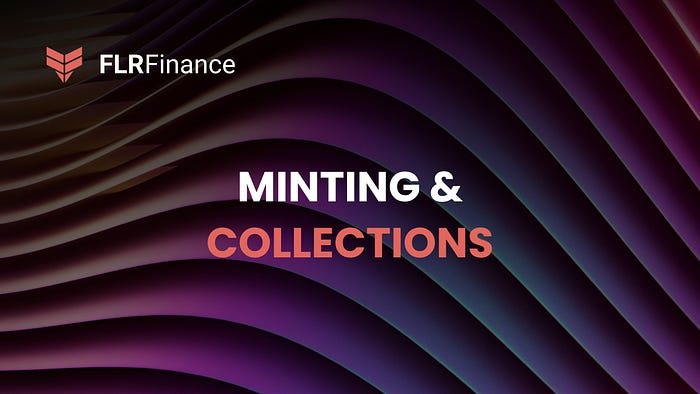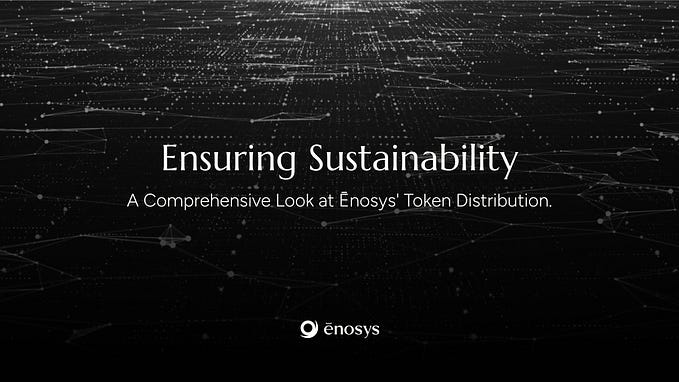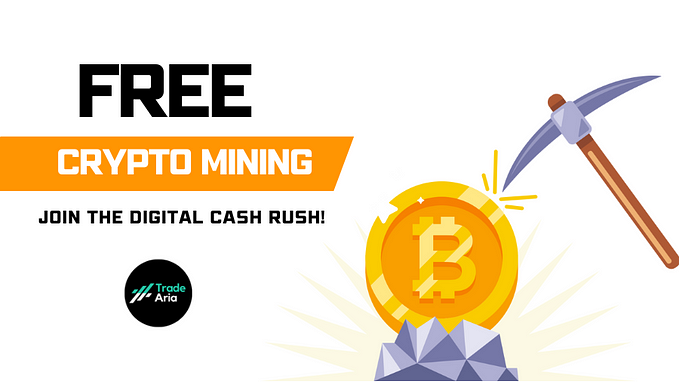THE FLRDROPS ARC:

Traditionally, an art collection is an accumulation of artworks by an individual or a public institution like a museum. Most art museums grew out of large private collections formed by wealthy families, royalty, and aristocracy. Art supplies have also carried a high price tag, acting as a barrier to entry for potential artists.
In today’s digital world, art is abundant, and creating it is right at your fingertips. Armed with a stylus instead of a brush or a camera phone and a keen eye, the potential to become an artist is literally within touching distance. The barrier to entry is your willingness to indulge in your creativity.
In this Info-Article, we will explore the different methods for placing that art into the digital world of NFTs.
Collections
Nowadays, an NFT Collection is more commonly associated with a series or a bundle of artworks released by an artist. Similar to a musician releasing an album of songs, a Collection is a number of related artworks grouped into one album.
Collections are essentially smart contracts that contain NFTs. When minting NFTs to a collection, the smart contract acts as a container, storing all of the artwork in one place — similar to files being stored in a folder on your computer. The minting methods discussed earlier for minting NFTs is essentially deciding upon which collection you would like to store your files in. For example, if you were minting an NFT on SuperRare, your NFT would be placed into a SuperRare collection with everyone else who has minted there. Going back to our folder and file analogy, this SuperRare collection is not a folder that you can alter, move or copy and paste. Creating your own collection allows full control and flexibility to alter, build around and move this folder to other chains.
Minting
Minting is the term used for the publishing of a token to a blockchain via a smart contract. The smart contract contains metadata containing information such as NFT name and description, traits, the artist, royalties and a link to the hosted artwork, such as an image, music file, video game assets or even physical items.
There are various ways in which an NFT can be minted and each option has its benefits and limitations.

- Custom Minting
A custom minting contract allows you full control of what you want to create. It offers greater composability and flexibility over what you want to create with your smart contract. Creating your own smart contract and minting your own work is not a straight forward process though. Having a basic knowledge of the technology and associated terms in blockchain space is beneficial, but that’s just a starting point.
The process consists of:
- Writing a smart contract that can mint tokens on the blockchain.
- Deploying the smart contract on the blockchain.
- Verifying the source code on etherscan.
- Creating metadata files and uploading them to a decentralised file system together with the artwork.
- Linking the token, metadata and the art by minting the work on the blockchain.
This tutorial from Ethereum shows the full process of creating a custom NFT: how-to-write-and-deploy-an-nft.
- Marketplace Contracts
Marketplaces such as Rarible, OpenSea, and SuperRare have shouldered the burden of creating custom contracts by offering a more generic in-house solution. Rarible for example, allows you to create an assortment of artworks, but these are pretty limited in functionality, and the generic contract offered to all users doesn’t grant individuality of collections as it’s a shared contract. This simplified process may be welcomed by those just starting out, but after a while, artists may outgrow the limited smart contract functions available, relative to what can be achieved by creating your own contract.
Knowing how to tailor a contract instead of using a one-size-fits-all approach will unlock the full potential of digital ownership, provenance and encourage innovation.
- Manifold
Manifold is a relatively new NFT service which provides a feature-rich smart contract framework for artists to mint custom NFT’s. Think of it as a WordPress for NFT’s, where no coding experience is required. Users have near-total control over the process of minting and authenticating the works they create. Manifold will allow anyone to mint NFT’s while retaining true ownership and provenance of their work.
Manifold is aiming to integrate their contracts on many leading platforms next year. There will be a wide choice of Manifold contracts for your custom collections and you’ll be able to manage your contract from within Manifold or from within the platforms in which Manifold is integrated. So similar to a wallet address, your contract can remain independent but be accessed from various interfaces.
Lazy Minting
When minting an NFT, a gas fee is required to mint the NFT onto the blockchain. On Ethereum, these fees can become expensive, especially if you have multiple NFT’s to list and the sale price of your NFTs may not cover the minting costs.
Lazy minting is the term used when an NFT is made available for purchase off-chain. Once it has been purchased, only then is it minted. Minting using this method means that the artist does not have to pay any upfront fees to mint an artwork, and the gas fees for minting can be included in the purchase.
Allowlists
An NFT allowlist or whitelist is a registry for wallet addresses which guarantees each person on the list will be able to mint a predetermined amount of NFTs during the initial release of an NFT collection. A certain amount of NFTs are usually reserved for an allowlist, and the remainder becomes available when opened up for the public.
Allowlists can be opened up for various reasons and can be a creative way of registering or rewarding interest. Entry can be offered to early participants into a project or for holding a particular NFT, completing tasks, competitions, etc. Once your address is registered on the allowlist, you have a reserved period of time in which you have to mint.
Generative Art
Generative Art is art which is created with the use of an algorithm that introduces randomness intentionally as part of the creation process. One may think this autonomy detracts from the finished piece, but Generative Artists also need to compose both the extent and the position of randomness that is applied to the artwork. This process is similar to that of an artist’s initial sketching of their composition, requiring an element of skill and forethought to form a single piece of unique artwork.
Alternatively, the generative process can be used to form a collection of unique artworks. This is achieved by utilising multiple pieces of artwork which are applied randomly as layers onto a base template to generate a unique image. A popular use for this generative method is profile picture collections. Layers can be such things as items, apparel, facial features, colours, textures, and environments, which all apply distinguishing qualities or characteristics. Scarcity can also be achieved via limiting the amount of a particular attribute that can be generated, for instance, a collection of 1000 faces where only 2% of the eyes attribute will be green.
Stay tuned as we dive deeper into the inner workings of NFTs in future articles.









